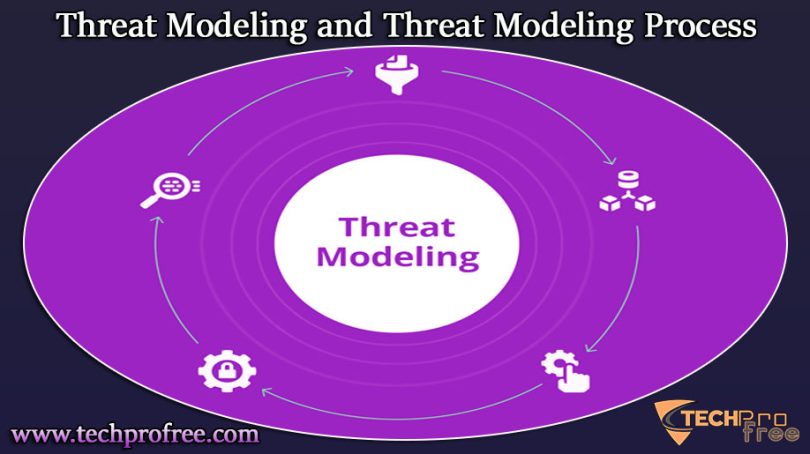Cybersecurity is a major worry in the IT world due to the increasing number of hacking incidents. Since many aspects of our lives are now online, both businesses and individuals are at risk of losing valuable information through security breaches.
To tackle this problem, cybersecurity experts are using various strategies to protect sensitive data and transactions. Given the wide range of attacks that exist today, this is a challenging task.
That’s why threat modeling is gaining importance in the field of cybersecurity as it helps in addressing these challenges effectively.
What is Threat Modeling?
Threat modeling is a process used to enhance network security by identifying vulnerabilities, understanding goals and developing countermeasures to prevent or minimize the impact of cyber attacks on a network system.
While threat modeling can be conducted at any stage of development, it is considered best practice to do it at the beginning of a project. This allows for early identification of threats and proactive measures to address them before they become crucial problematic.
It is also important to consider the following questions:
What type of threat model needs to be created?
This includes analyzing data flow transitions, architecture diagrams and data classifications to create a virtual model of the network that needs protection.
What are the potential risks and vulnerabilities?
It involves researching the main threats to the network and applications.
What steps should be taken to recover from a possible cyber-attack?
After identifying the issues, it is important to develop actionable solutions.
Did the measures work?
This step involves conducting a retrospective evaluation to assess the effectiveness, feasibility, planning and progress of the threat modeling process.
Why is Security Threat Modeling Important?
Why do we need security threat modeling?
The cybersecurity situation has become so serious that we need tools like threat modeling to help us combat it. Cybercrime has had a significant impact on the online community, as reported by Security Boulevard and various industry sources. For instance, in 2019 alone, data breaches exposed 4.1 billion records; and social media-enabled cybercrimes resulted in the theft of $3.25 billion in global revenue each year.
According to KnowBe4’s 2019 security threats and trends report, 75 percent of businesses view insider threats as a major concern. Additionally, 85 percent of surveyed organizations reported being targeted by phishing and social engineering attacks, while email phishing scams were identified as the biggest security risk.
Given these alarming statistics, spending on cybersecurity products and services is projected to exceed in trillions of dollars by 2023.
Cybercrime is an ongoing threat, affecting almost all businesses, organizations and individuals at all times. To effectively combat this growing epidemic, it is crucial for smart organizations and individuals to utilize reliable resources, with sound threat modeling being essential for designing effective security measures.
The Process of Threat Modeling:
Threat modeling includes multiple steps to ensure the security of an organization’s assets. It begins by clearly defining the assets and understanding the purpose of each application within the larger framework. Then a security profile is created for each application.
Potential threats are identified and prioritized based on their potential impact. The harmful events associated with these threats are documented, along with the appropriate actions to address them.
To simplify, threat modeling is about taking a step back, evaluating the digital and network assets of an organization, finding weaknesses, identifying significant potential threats and devising plans to protect or recover from them.
It may seem obvious; but unfortunately, security is often overlooked in certain sectors. For instance, some people still use weak passwords like “PASSWORD” or leave their mobile devices unattended. Given these circumstances, it’s not surprising that many organizations and businesses haven’t considered the concept of threat modeling.




Leave a Comment